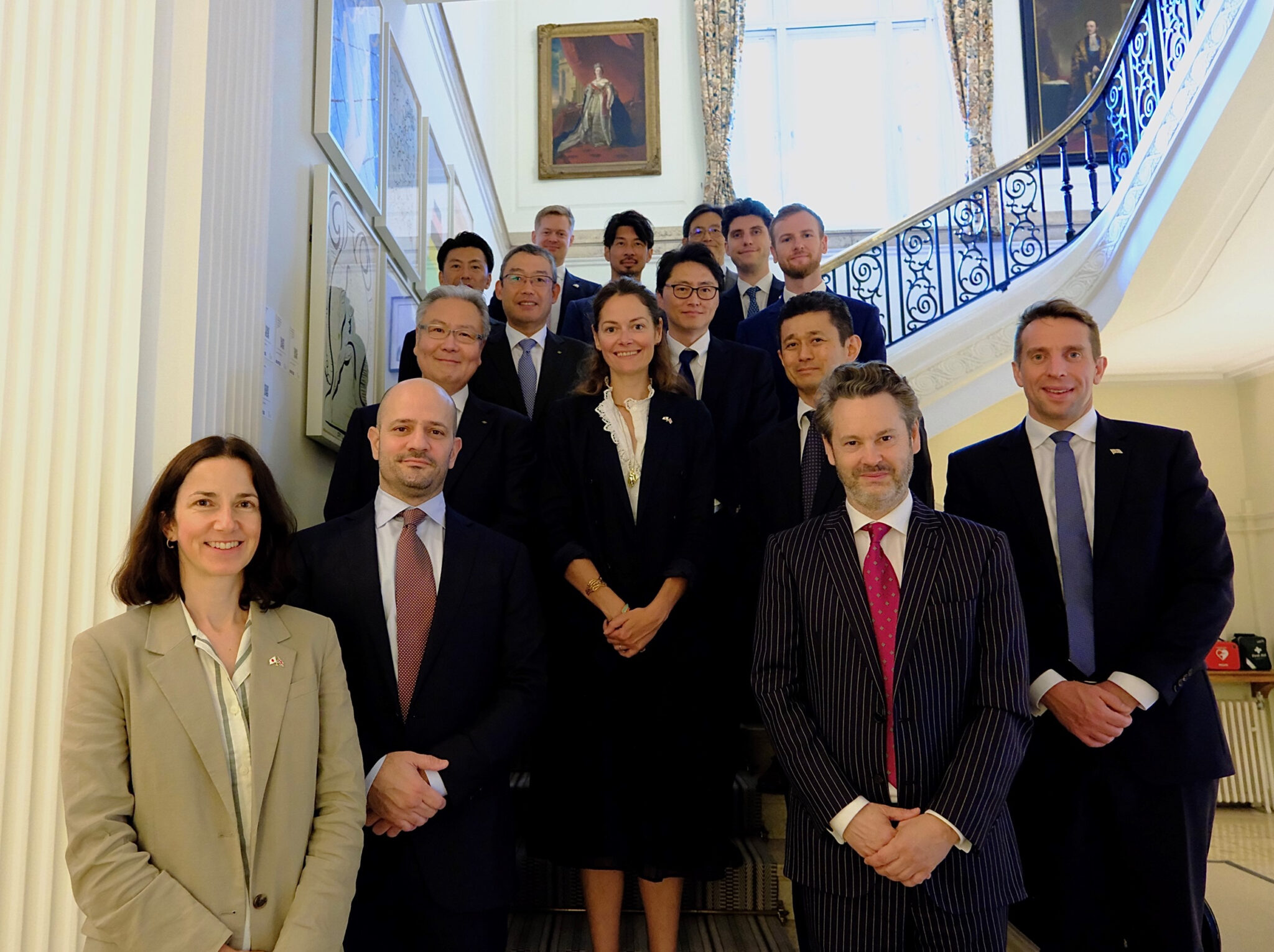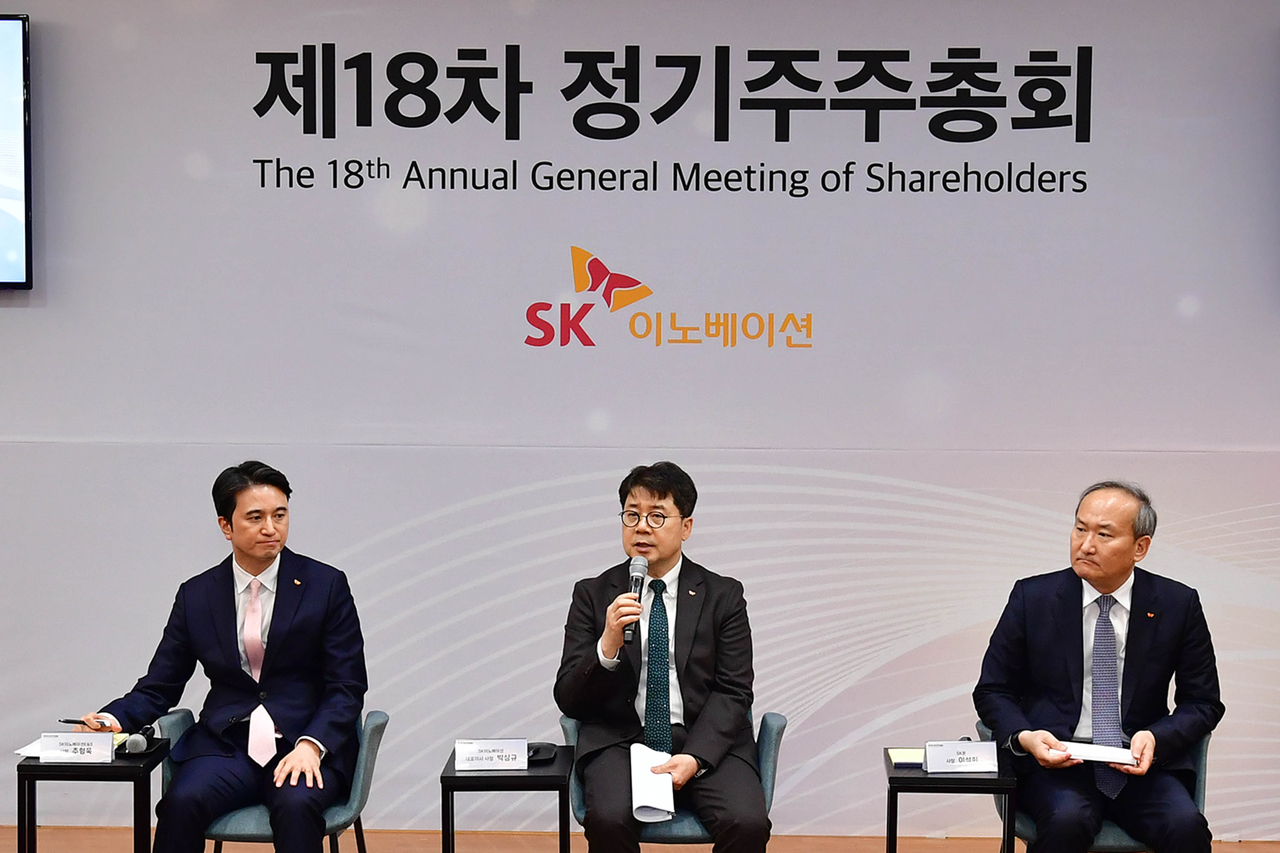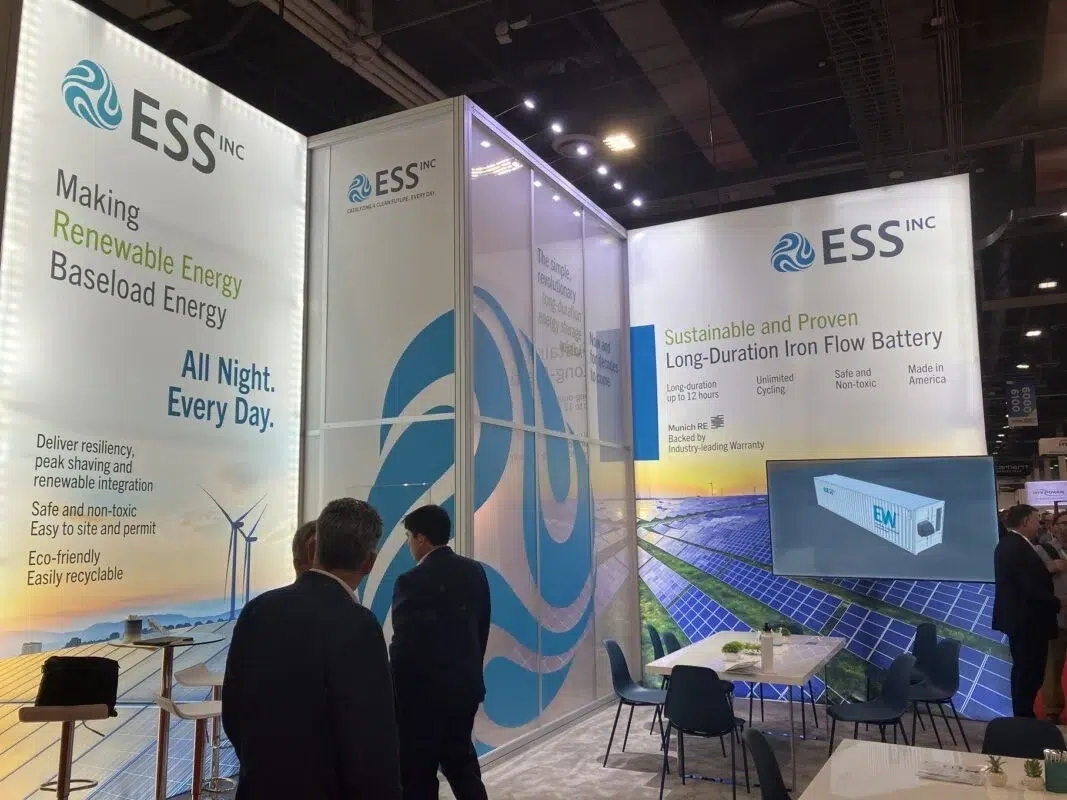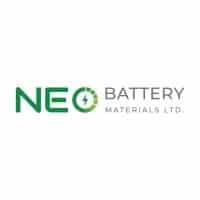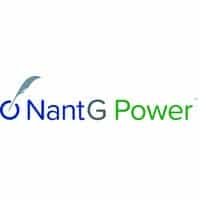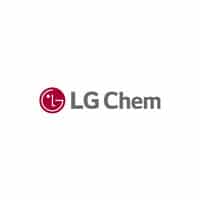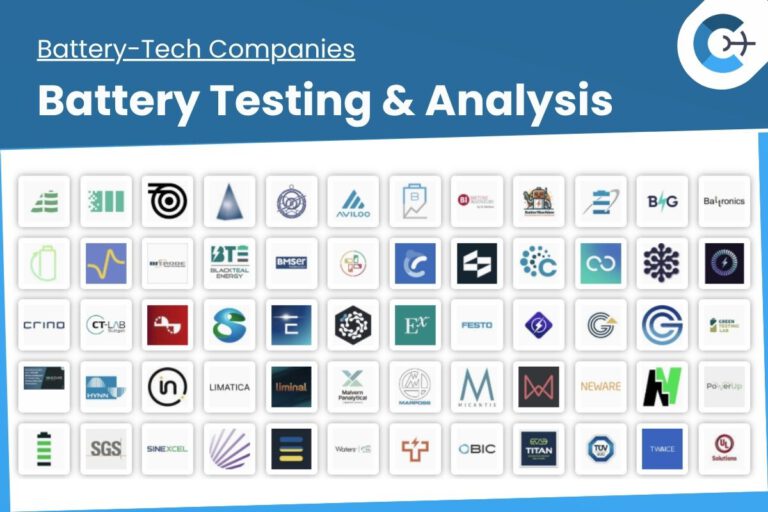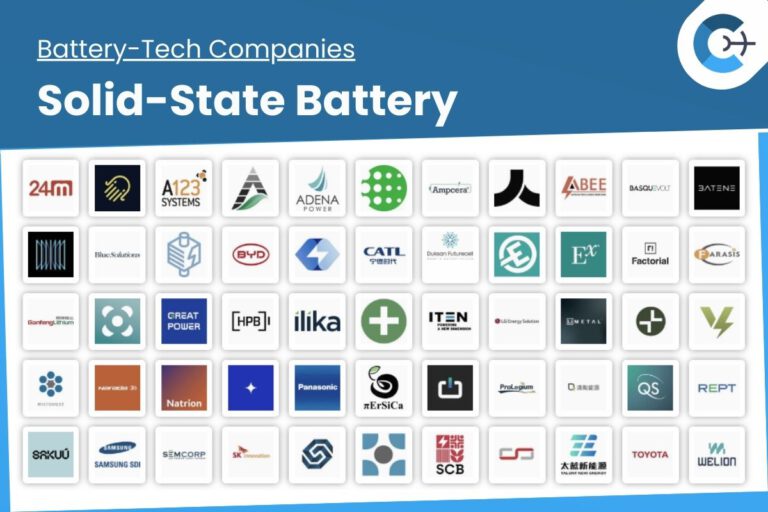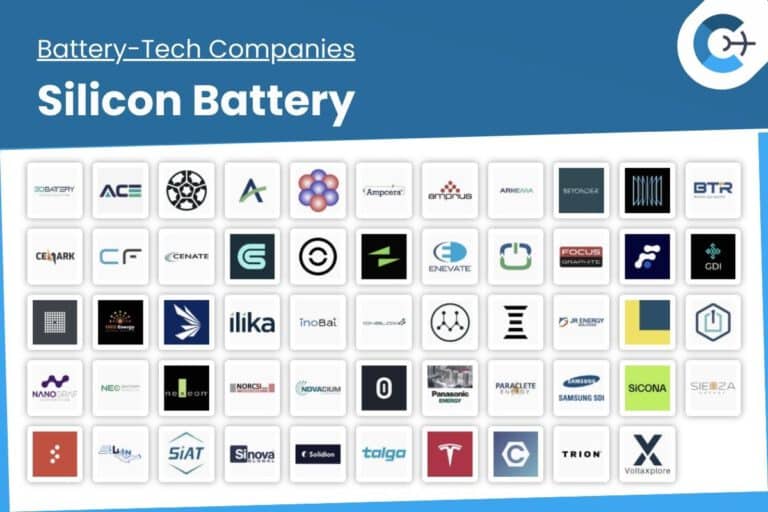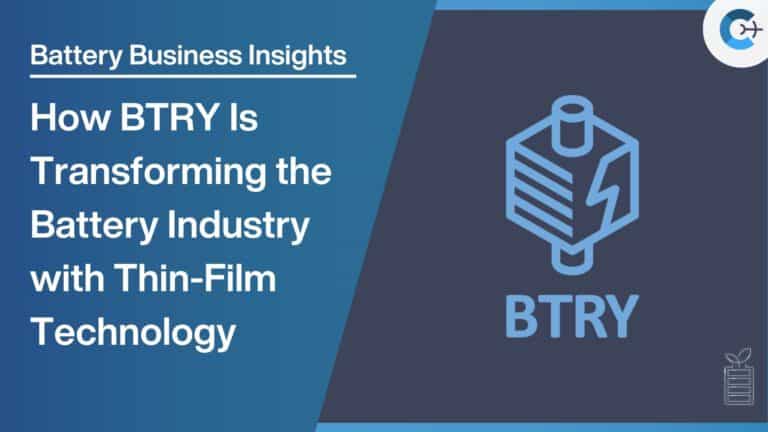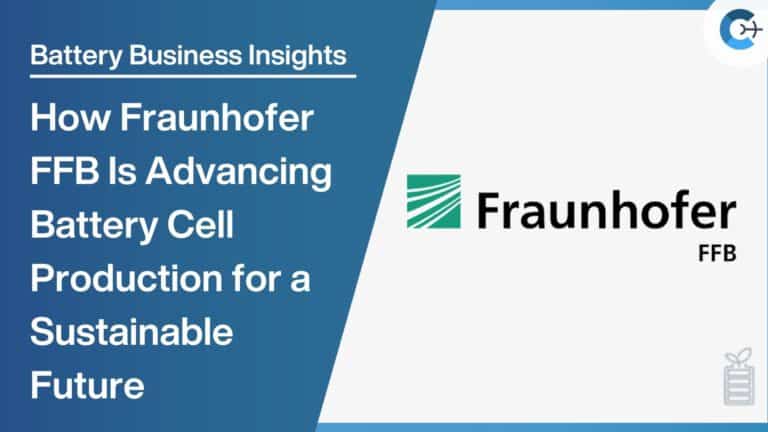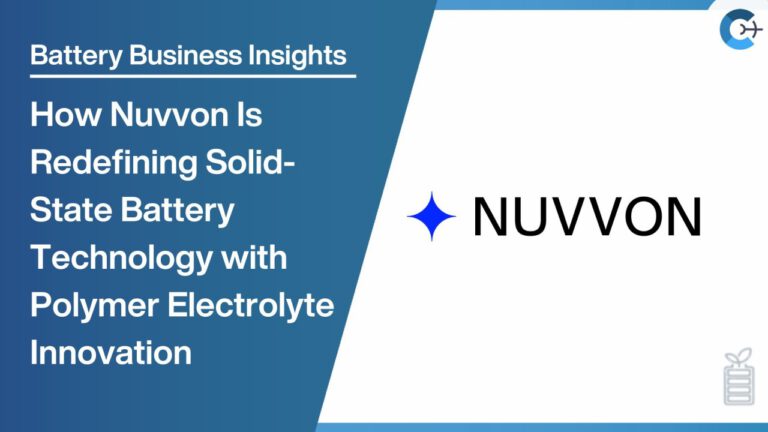HPQ Silicon Inc., a technology company focused on developing advanced material manufacturing processes, announced that an independent analysis has validated the production of fumed silica at its pilot-scale facility. The analysis confirmed that HPQ Silica Polvere Inc. (“HSPI”) successfully produced fumed silica using its proprietary Fumed Silica Reactor (FSR) Pilot Plant during the four-batch Phase One test.
Following the Company’s announcement on May 15, 2025, HSPI’s technology supplier, PyroGenesis Inc. (TSX: PYR, OTCQX: PYRGF, FRA: 8PY1), provided the results of the independent analysis. The findings indicated the following:
- The recovered white powder material is confirmed to be fumed silica.
- The impurities detected in the material align with expected levels and can be easily removed.
- The production yield exceeded initial projections, enhancing the project’s economic viability.
- Transmission Electron Microscopy (TEM) images revealed that the microstructures and morphological complexity of HSPI’s material are highly consistent with lab-scale, pilot-scale, and commercial mid- to high-surface-area fumed silica grades.
“These results significantly strengthen the commercial outlook for our Fumed Silica Reactor (FSR) technology,” said Bernard Tourillon, President & CEO of HPQ Silicon and HPQ Silica. “We’ve confirmed the successful recovery of fumed silica from the baghouse section of our pilot plant and also validated our proprietary FSR process reliably—even with a twentyfold increase in scale. Achieving this level of consistency and material quality so early in the pilot phase demonstrates the strength of our approach to de-risking commercialization. With these technical milestones achieved, we’re now ready to advance to the next stage—distributing samples to qualified third parties under NDA and LOI for independent evaluation and qualification.”
The next phases of the pilot plant program will concentrate on two main objectives:
- Enhancing product-grade purity by improving process control and parameter stability, as well as achieving higher product surface areas through optimized powder morphology and viscosity.
- Attaining the targeted production capacity of 50 tonnes per year (TPY) by increasing silica conversion efficiency and overall yield.
Additionally, ongoing testing aims to generate critical data necessary for developing scale-up plans and equipment modifications. This data is essential for making the system commercially viable following a further twentyfold scale increase beyond the current pilot plant capacity.
Source: HPQ Silicon Press Release



